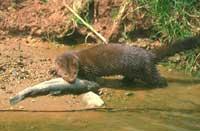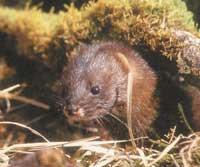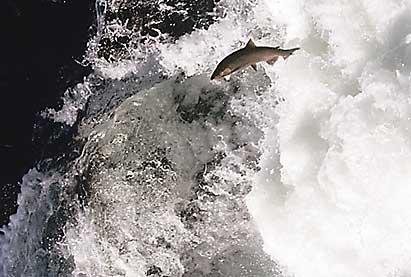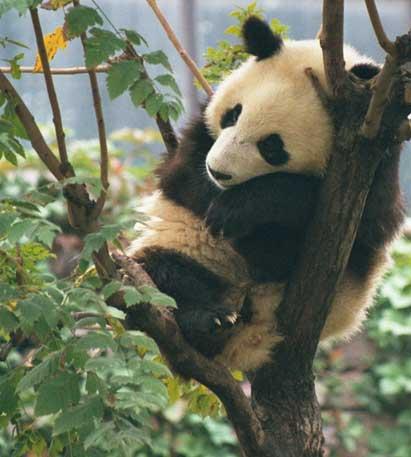Are you satisfied in your cage?
2001/03/01 Galarraga Aiestaran, Ana - Elhuyar Zientzia
So far objective data have been used to determine the status of captive animals, such as heartbeat speed, behavior, weight and size of animals, fertility, etc. According to the mink breeders, there are 70 generations since these animals were domesticated and however, as there are no signs of stress, it can be deduced that their captivity does not produce suffering.

However, according to the researchers, in addition to having enough space, water and food in the cage, it would be necessary to take into account the subjective needs of the minks of the farm for the fur, for example, they would need a place to swim, since in nature they spend a lot of time in the water. In the same way, to be a child more than one hole or garrison should be installed, as their wild relatives change places during childbirth.
In this essay several options were available to the minks, but in order to get what they wanted they had to make an effort, they wanted to measure it. Among these options were another nest, toys, more spaces, a hideout, a platform and a pool. Although the minks could see all of them, they could only have one at a time and to get what they chose, they had to push very heavy doors.
As we analyze what the consumer had paid for a topic, the strength of the minks to get what they liked most was going to give the "price" of the chosen. Thus, they saw that the most precious was the pool, although many chose another nest, most went to the pool. To get there, they had to go through the door 100 times heavier than them. They were then prevented from reaching the pool 24 hours and measured the levels of cortisol (stress rate) of urine. The result was very significant, as they would have if they were left without food at the same time.
According to the researchers, although minks have been in captivity for so many generations, they are still wild beasts and demand similar studies with other embedded species.

Gai honi buruzko eduki gehiago
Elhuyarrek garatutako teknologia





